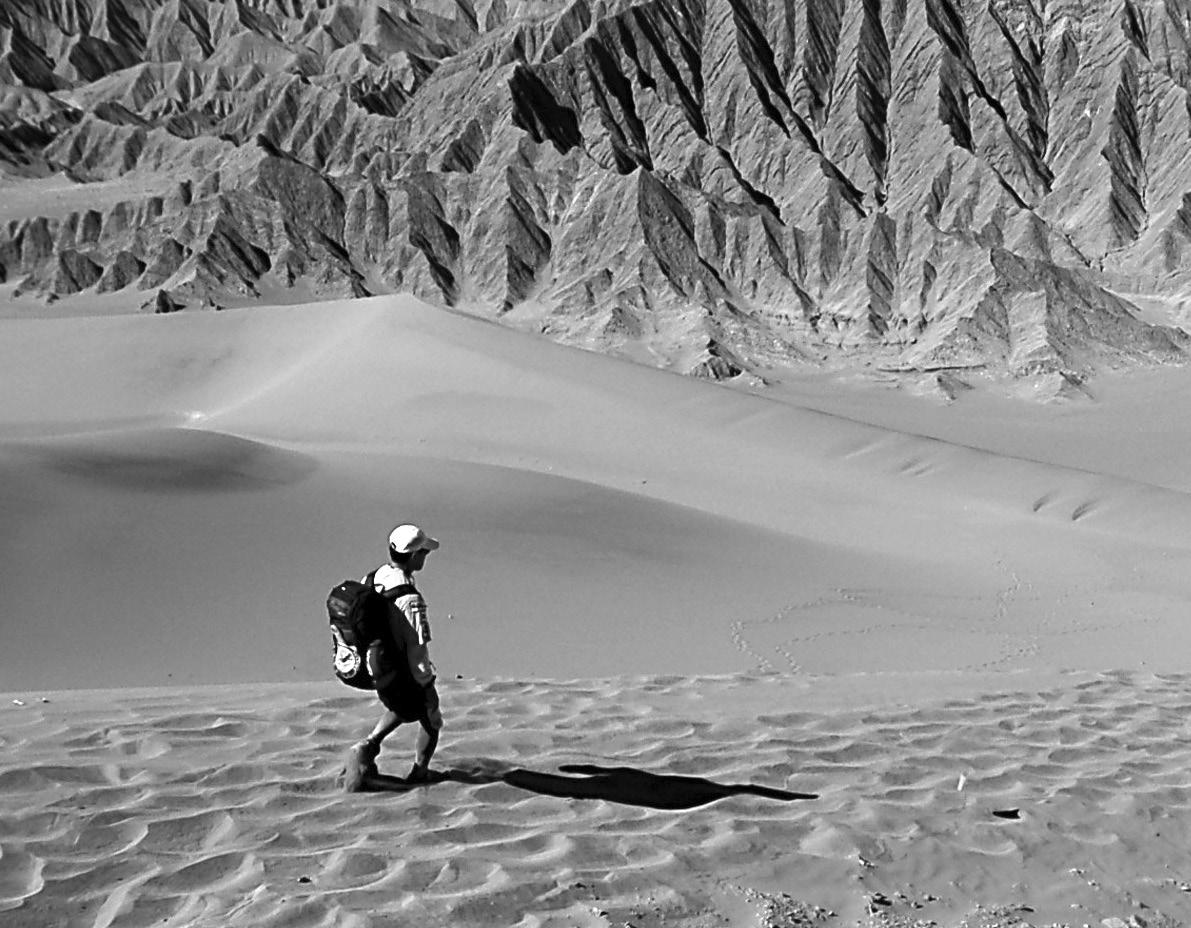COACHING
Feeling your Way with Contours Eoin Rothery (WA)
C
ONTOURS are the most useful features on virtually any map, and it is worth taking the time to get to know them. One very helpful thing about contours is that if you have a slope, you have directions – particularly up and down, but other angles can be estimated. This helps many orienteers to navigate without using their compass – in fact some world elites, like Pasi Ikonen of Finland, don’t even bring one with them. Contours can also make good handrails (a line feature that you can follow in the terrain – ridges, gullys, breaks in slope). In fact,
contours are often mapped as a series of line features – and so the orienteer should use them as such. The simplest form of this is “Contouring”, which is to follow a contour, that is go at the same height in the terrain and this is surprisingly effective. However, a bit too careless and you drift downhill, while too fit or anxious and you’ll probably over-correct and go uphill. A rule of thumb would be to alternate uphill or downhill sides of any obstruction. Contouring relies on a fairly accurate map, so should not be attempted for more than a few 100 metres. Partly this is because orienteering maps are “relatively” accurate, not “absolutely” accurate – and they are better that way. The mapper exaggerates prominent features, putting them in their correct relative position and may have to displace others depending on symbol size. Where possible it is usually sensible to avoid unnecessary climb during your course. Even if you are not running in a virtual 3D terrain map (like some people are) you should at least know whether the next control is above you, below you, or at the same height so that you can plan your route accordingly. On any route choice, you should be very wary of trying to go obliquely across contours in a straight line – that is probably the most difficult technique to get right.
Sailor’s Creek, Daylesford, Victoria 1:10 000
18 THE AUSTRALIAN ORIENTEER DECEMBER 2006

















